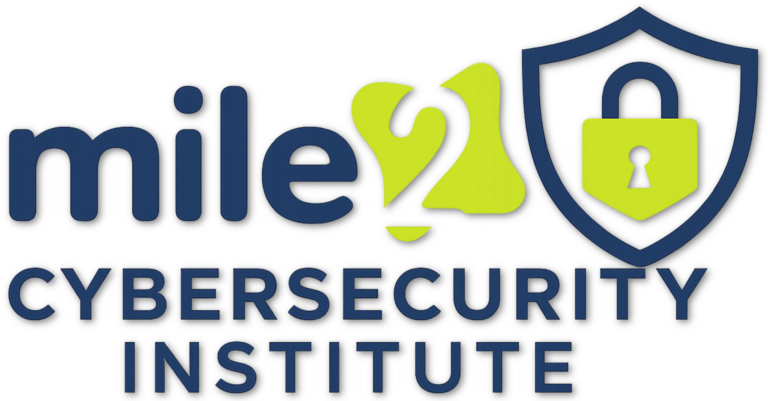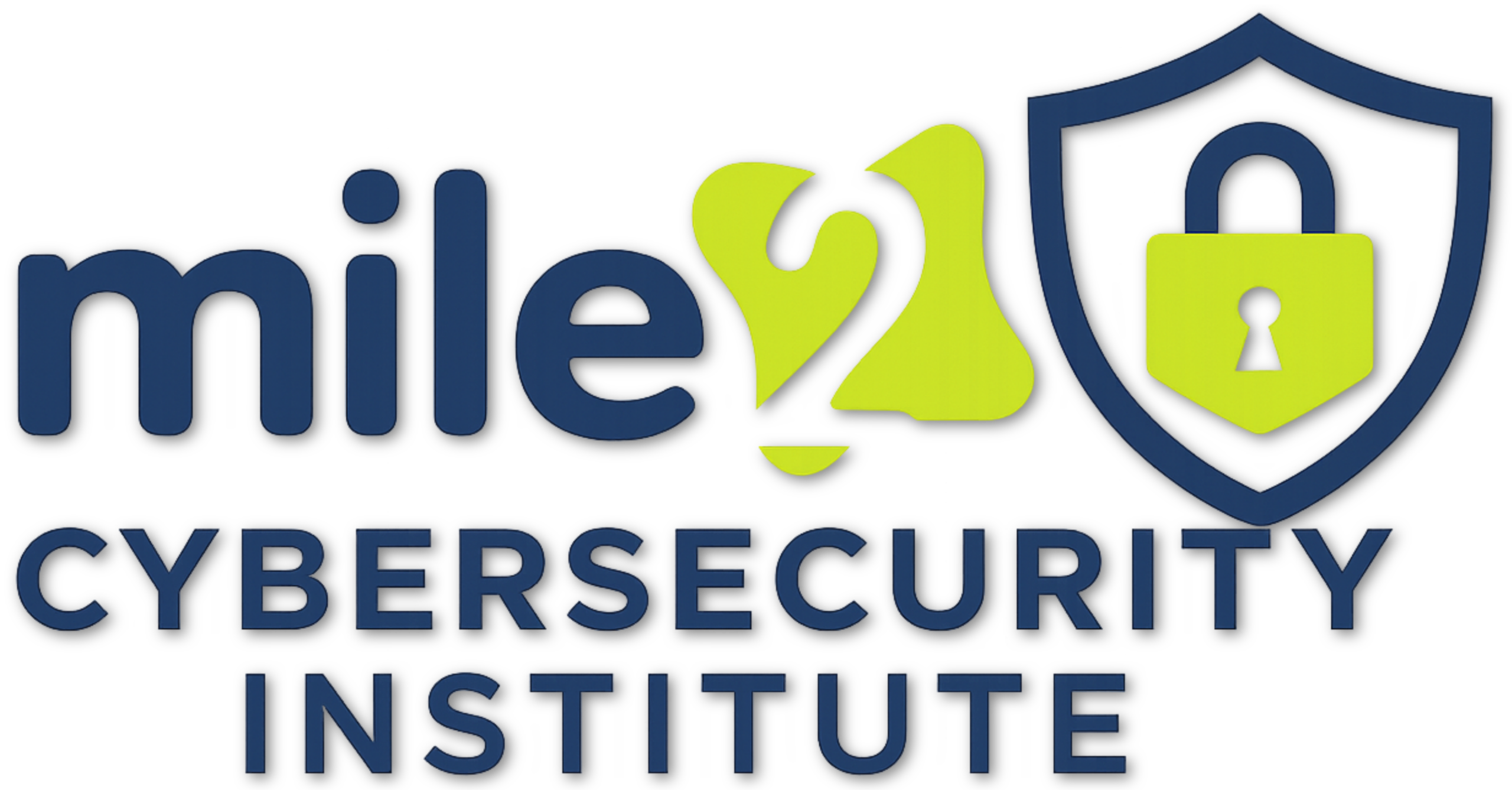OCU C)OST C Discussion Lesson 06
Tagged: Troubleshooting
- This topic has 15 replies, 9 voices, and was last updated 7 months, 3 weeks ago by
Teisha Nolen.
-
AuthorPosts
-
-
April 1, 2022 at 3:49 pm #66422
Jessica Jagerson
KeymasterCan you suggest at least two different types of window troubleshooting methods and how would you discern as to when you would use them?
-
April 22, 2025 at 8:17 pm #105533
Kanthony
ParticipantHi everyone! Welcome to Week 3! I hope you had a great Easter! He is Risen! He is Risen, Indeed!
In week 2, you studied lessons 4-5. Each week you have a devotion, discussions, videos to watch, chapters to read, and quizzes to take. Keep learning!
In week 3, you need to study chapters 6-7. You should complete the devotion, discussions, and end-of-chapter quizzes. Be sure to read and watch the videos.
Most importantly, pray before, during, and after you do your work. Take Jesus with you everywhere! ~Dr. Anthony
I love this devotion by Billy Graham—
So he went and did according unto the word of the Lord . . .
—1 Kings 17:5
As messengers of God, we will often lead lonely lives. “All men forsook me,” said Paul. It is a price we have to pay; there is a loneliness in the Gospel. Yet you will not be alone, because you will be ministered to by the Spirit of God, as Elijah was ministered to at the brook Cherith. A true messenger lives a burdened life. If he is the Lord’s vessel, he carries in his heart a burden for souls none can share but those who know it firsthand. -
April 23, 2025 at 8:44 pm #105554
Carlos Martes
ParticipantTwo common types of windows troubleshooting methods are Safe Mode Boot and Event Viewer Analysis. I am quiet familiar with Safe Mode Boot as i have recently came upon issues with my PC and had to configure and troubleshoot it on my own which is quiet a surprise!
Safe Mode Boot: Starts windows in Safe Mode, in which loads only the essential drivers and services. You should only use this options either when the system is crashing, freezing or misbehaving abnormally. IT also helps determine if third party software or drivers are causing issues. It is useful for removing malware or problematic applications.
Event Viewer Analysis: To check logs for system, application and security errors. Using this option is required when you need to investigate system errors or performance issues. It is basically ideal for diagnosing recurring problems like failed startups or app crashes. It also helps identify the source of critical or warning level systems events.
-
April 28, 2025 at 9:48 pm #105623
Misty Stewart
ParticipantHi Carlos,
It sounds like you have a good understanding of Safe Mode Boot and Event Viewer Analysis! Safe Mode Boot is indeed a valuable tool for troubleshooting. Additionally, Safe Mode can help you remove malware or problematic applications that might be affecting your system’s performance.
Event Viewer Analysis method is great for investigating system errors and performance issues. Event Viewer helps you identify the source of critical or warning-level system events, making it easier to pinpoint and resolve issues.Thank you for your discussion, and God Bless.
Misty
-
-
April 25, 2025 at 8:17 pm #105582
James Settle
ParticipantThe two methods for troubleshooting in windows I will speak of is command line tools or prompts, such as pinging a network connection, or traceroute to trace the path of the network/ router you are trying to reach, pathping, etc. These can be used if the printer is booted into a Safe Mode environment as well.
The second method for troubleshooting slowness in Windows would be Task Manager. You can check the process of each application running on the machine and enable or disable them, also you can check the performance and see when the CPU is overclocking or the memory is bottlenecking. Performance in Task Manager allows insight into indicators for potential components of the PC or laptop that might need upgraded such as memory or hard drives.
-
April 26, 2025 at 4:03 pm #105590
Isabelle Tubbs
ParticipantHello, James! Those are two great options for troubleshooting. Command lines are helpful tools, especially with testing network connections. Task Manager helps to essentially get real-time information with how the CPU and memory are being used. Getting information from this gives a good starting place for what actions to take next.
-
April 28, 2025 at 10:30 pm #105626
Teisha Nolen
ParticipantHi James!
Great job highlighting a few of the diagnostic tools available in Windows. I didn’t even think of the task manager, though I have probably used that tool more than most. Both of these methods are great tools to help us know where to look next and how we might begin to diagnose issues. I loved how you highlighted a tool to help us manage and diagnose resources on our computers, as well as a tool that helps us diagnose network connectivity.
-
-
April 25, 2025 at 10:10 pm #105585
Cameron Tackett
ParticipantTrouble shooting windows is something that I do very often. With being a streamer among just general PC maintenance.
I think the most common one I use personally would be a System File Check. In particular if I am having issues with my recording/streaming software. It is very common for me to have issues with audio among other things after a Windows update/or security update. Being able to check and ensure that all of my supporting software is working. For example, any driver updates that I need with third party installers.
The next thing I would say I use. Is Safe Mode. I use this if I am really running low on options, It helps me root out any third party drivers/applications that may be causing crashes, blue screens, ect.
-
April 28, 2025 at 6:05 pm #105619
Caleb Kiser
ParticipantHi Cameron,
I enjoyed reading your post. I also talked about Safe Mode in mine, so it was cool to see how you use it too. I liked how you explained using Safe Mode when you’re out of options—it really is a lifesaver for tracking down stubborn issues. I also thought it was smart that you brought up System File Check. I didn’t mention that one, but it’s a really good tool, especially after updates mess with your audio or streaming setup. I can definitely see how important that would be for a streamer. You did a great job keeping it clear and easy to follow!
-
-
April 25, 2025 at 10:34 pm #105587
Caleb Kiser
ParticipantWhen troubleshooting Microsoft Windows, two effective methods are Safe Mode and using Event Viewer with Reliability Monitor. Safe Mode is ideal when the system is crashing, freezing, or failing to start correctly. It loads only the essential drivers and services, helping to isolate the problem. If the issue doesn’t occur in Safe Mode, it’s likely caused by a third-party application or driver, making it easier to identify and remove the culprit. On the other hand, Event Viewer and Reliability Monitor are useful when the issue is less obvious, such as random crashes or failed updates. Event Viewer provides detailed logs of system and application errors, while Reliability Monitor offers a user-friendly timeline of problems, including hardware and software failures. These tools help pinpoint the exact cause of system instability. By choosing the right method based on the nature of the issue—visible behavior versus hidden system errors—you can troubleshoot Windows more effectively.
-
April 27, 2025 at 9:02 pm #105598
James Settle
ParticipantSafe Mode and Safe Mode with Command Prompt are both good options. Event Viewer with Reliability Monitor is a good pick for the ability to track logs and application errors. Being able to effectively read logs and errors is half the battle, but will go along way in being able to troubleshoot Windows issues effectively.
-
-
April 26, 2025 at 3:58 pm #105589
Isabelle Tubbs
ParticipantThis week, we learned about the command line tools and options for testing a network connection. If there is an issue with a network connection, using these tools to troubleshoot the problem is important. For Windows, using ipconfig can provide information about the IP settings configured on the device. If the NetBIOS information is what is required, using nbtstat would be appropriate. Also, doing a ping, tracert, or pathping would be good tests to see what a device is currently able to connect to, like the server and other devices on the network.
If the issue is not necessarily related to a network connection, there are other troubleshooting options. The Windows Recovery Environment is a troubleshooting tool that allows the Windows device to look for and resolve any problems, particularly with startup issues. This is helpful for IT professionals because it gives them information for how to solve the issue. Another option is to boot to the Windows Pre-Installation Environment, which allows access to files and helps resolve issues as well.
-
April 28, 2025 at 5:54 pm #105618
Carlos Martes
ParticipantHello Isabelle!
Good input in regards to using Windows recovery environment as it is a critical tool for troubleshooting and repairing Windows when something goes wrong. It’s usually helpful if there a failed Windows update, malware or drivers corrupt the boot process, or even when you cant reach the desktop normally. I’ve heard that utilizing Linux, it is easier to navigate and see what issues are causing your computer to go through such obstacles (from what I’ve heard). On the side note, SFC (System File checker) is another great tool to find corrupted system files that may be causing your computer to not work properly. Great post once again and hope this helps!
-
-
April 27, 2025 at 9:39 pm #105601
Misty Stewart
ParticipantTwo methods for troubleshooting Windows issues are the use of Safe Mode and the System File Checker (SFC) tool. Safe Mode is a diagnostic startup mode that loads only the essential drivers and services. It’s particularly useful when your system is unstable or won’t start normally. By booting into Safe Mode, you can determine if the issue is related to a third-party application or driver. If the problem doesn’t occur in Safe Mode, it indicates that a non-essential program or driver is likely the cause, allowing you to uninstall or update the problematic software.
The System File Checker (SFC) tool scans and repairs corrupted system files that may be causing your Windows issues. To use SFC, you open Command Prompt as an administrator and run the “sfc /scannow” command. This tool is especially useful when you experience unexplained crashes, blue screens, or other erratic behavior that suggests system file corruption. If SFC finds and fixes issues, it can restore system stability without the need for a complete reinstall.-
April 28, 2025 at 10:28 am #105606
Cameron Tackett
ParticipantThe two methods were the ones I use on a regular basis. Safe Mode is crucial and a great way to start. To even see if it is your OS causing issues or a third party application. Usually when I get an error that crashes or forces a hard restart on my PC such as a freeze. Launching into safe mode then using that time to tweak some settings I think could be an issue is great. Then relaunch normally and see if that fixed the issue. SFC is another tool I use regularly it helps with a lot of my streaming software and checking to make sure everything is where it needs to be and not corrupted or anything crazy like that.
I really like both of your summaries of each of these. Well done, and God bless!
-
-
April 28, 2025 at 10:23 pm #105625
Teisha Nolen
ParticipantThere are many tools and methods to help diagnose issues in Windows. One of those is the command prompt ipconfig. Ipconfig is a tool that can be used to manage, maintain, and diagnose network connectivity. You can use this command to diagnose issues with DHCP, help identify DNS issues and even help diagnose issues with your VPN. There are several sub-commands or “switches” that can be used in conjunction with ipconfig to provide the information needed to diagnose your issue. For instance, ipconfig/all displays information about all network adapters. Ifconfig can be used similarly in Linux.
Another great command prompt tool that can be used in Windows, is the ping command. Ping can arguably be considered one of the most important tools available to us. The ping command allows us to ping other devices and can be used to further diagnose connectivity issues. We can use ping to test connectivity, we can diagnose issues with our network, and we can determine how long it takes for a packet of information to travel to the desired location and back. Like ipconfig, there are several switches that can be used in conjunction with the ping command to allow us to further narrow down the information that we want to see.
-
-
AuthorPosts
- You must be logged in to reply to this topic.


